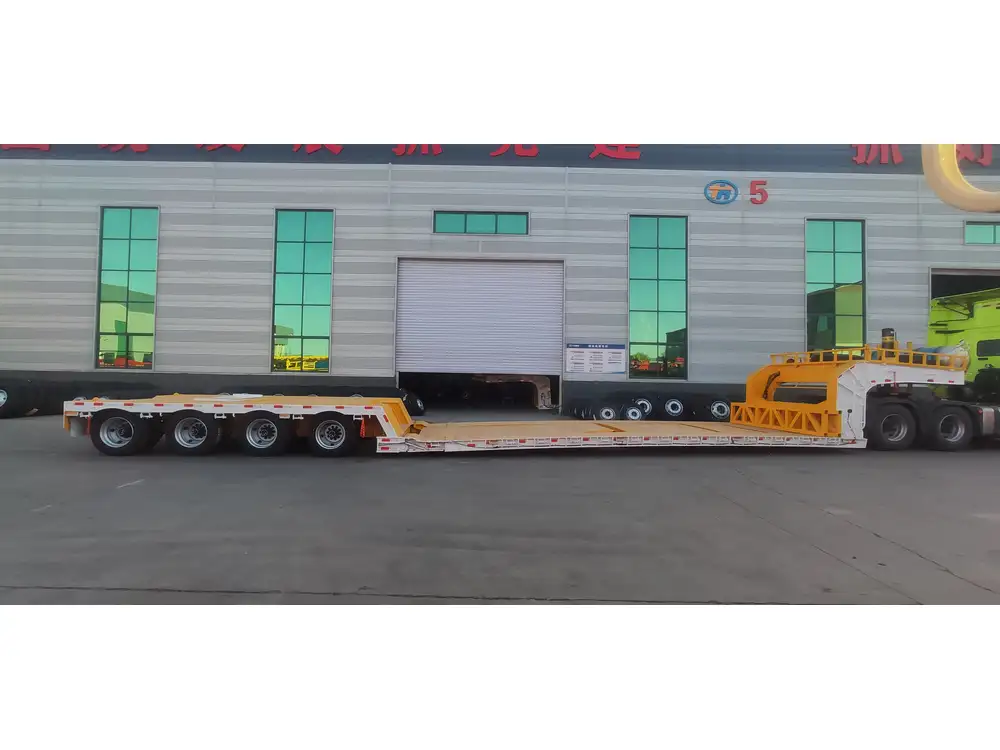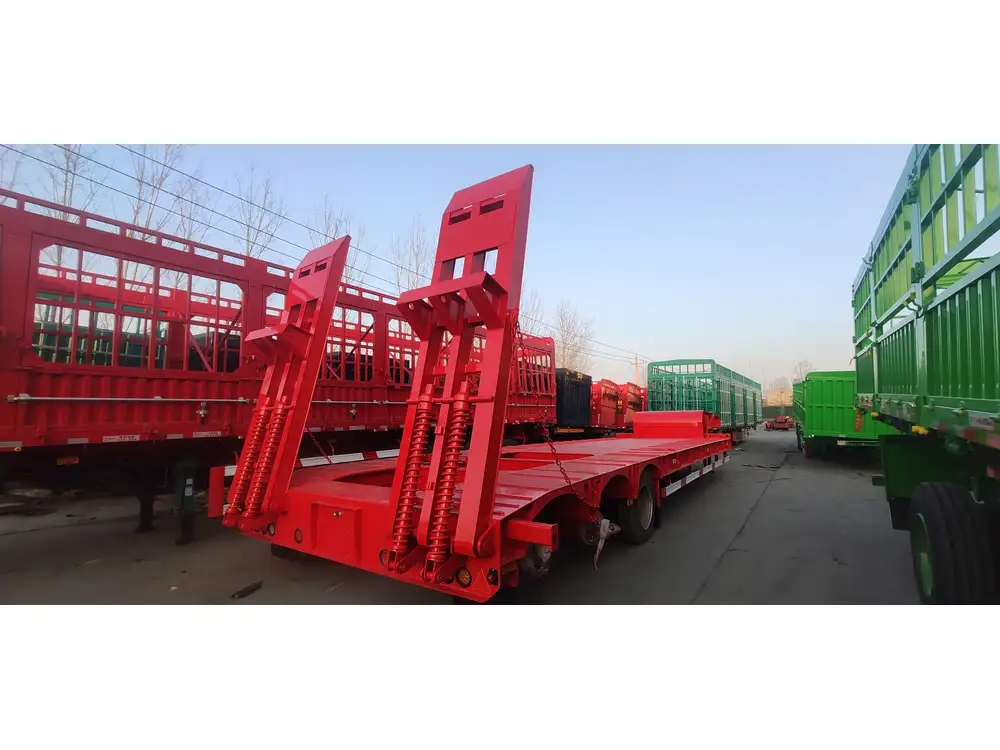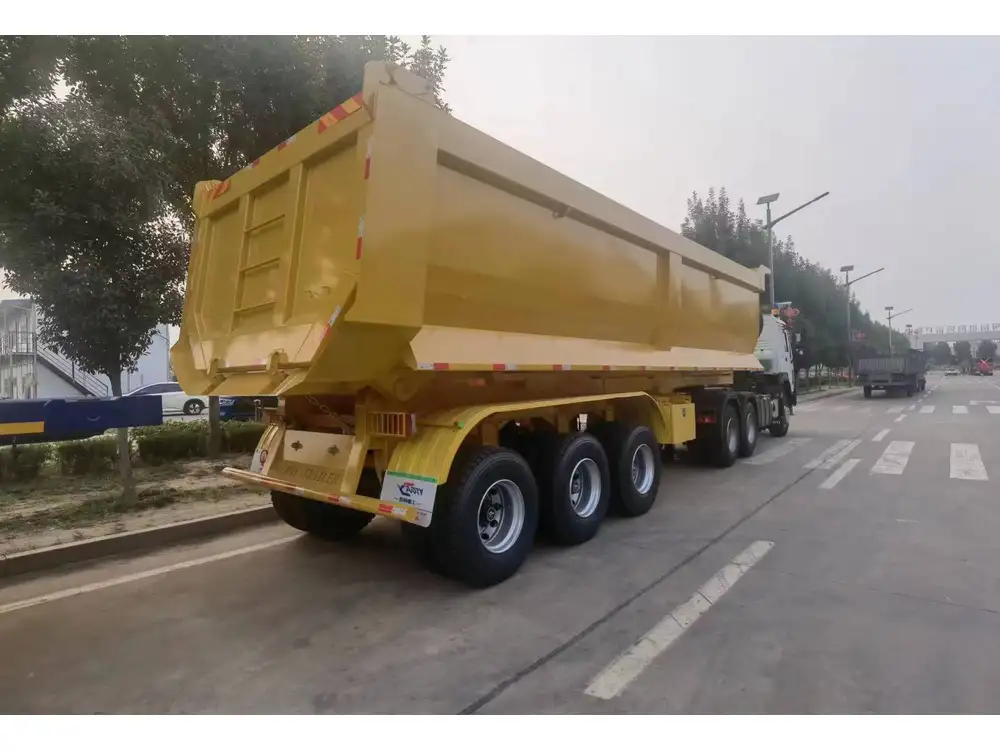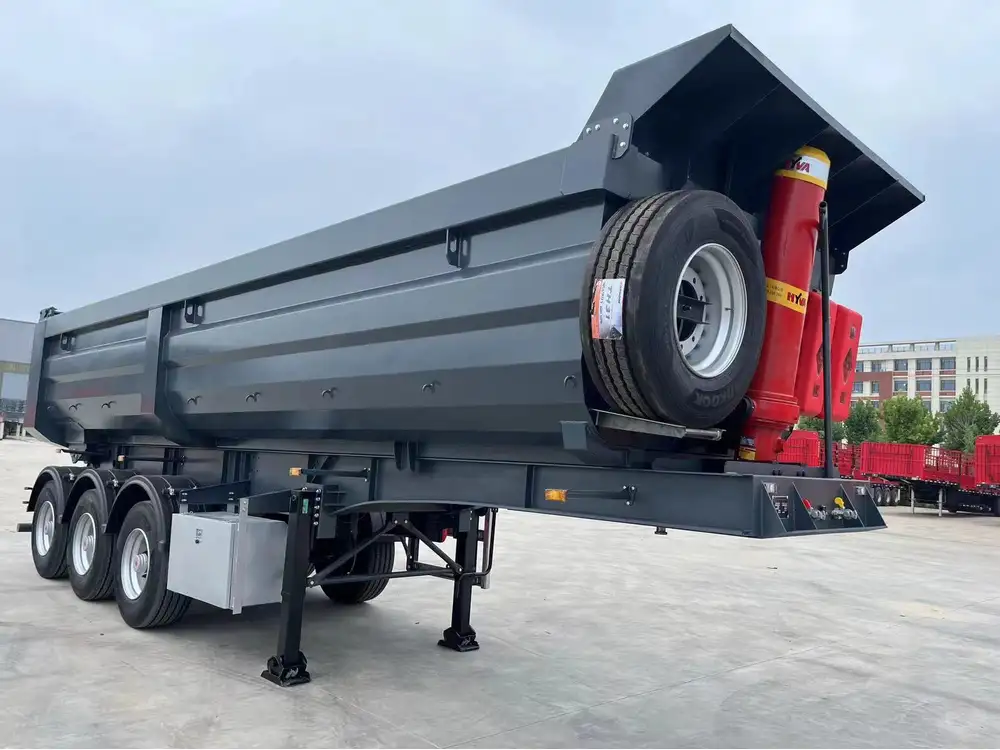In the realm of transportation logistics, ensuring that semi-trailers remain securely stationary is crucial for safety and efficiency. Whether for maintenance, loading/unloading, or security purposes, possessing the knowledge to disable a semi-trailer effectively can prevent unwanted movement. This guide delves into various methods and safety protocols to ensure your trailer stays put.
Understanding the Components of a Semi-Trailer
Before discussing how to disable a semi-trailer, it’s imperative to grasp the basic components. A semi-trailer consists of various sections:
| Component | Description |
|---|---|
| Chassis | The framework that supports the load. |
| Axles | These are crucial for weight distribution and support. |
| Braking System | Mechanical or hydraulic parts that stop the trailer. |
| Landing Gear | Used to stabilize the trailer when uncoupled from a truck. |
| Wheels | They provide mobility when attached to a tractor. |
Understanding these components allows for efficient and safe disabling procedures.
Key Reasons to Disable a Semi-Trailer
Disabling a semi-trailer is often necessary for several reasons:
- Maintenance: Regular inspections and repairs require the trailer to be immobile.
- Security: When the trailer is loaded, it becomes a target for theft.
- Loading/Unloading: Safety during cargo operations requires the trailer to remain stationary.
- Storage: Long-term parking necessitates that the trailer does not roll away.
Each of these scenarios mandates a different approach to effectively disable the semi-trailer.

Methods to Disable a Semi-Trailer
1. Engaging the Trailer’s Brake System
One of the simplest and most effective methods to prevent movement is utilizing the trailer’s brake system. Here’s how to do it:
- Engage the Emergency Brake: Most trailers are equipped with an emergency brake that can be engaged. Locate the lever (usually marked in red), pull it to activate the brake.
- Inspect the Brake Functionality: Ensure that the brakes are functioning properly before relying on them. Consistent maintenance checks are advisable.
2. Utilizing Wheel Chocks
Wheel chocks are a must-have in any transport operation. They are specifically designed to prevent wheel movement. Follow these steps:
- Select Appropriate Chocks: Choose wheel chocks that are suitable for the size and weight of your semi-trailer.
- Position the Chocks: Place the chocks directly against the wheels of the trailer, both front and back, to ensure stability.
- Check the Position: After placing the chocks, double-check that they are firmly in place before leaving the trailer unattended.

3. Lowering the Landing Gear
If the semi-trailer is uncoupled from a tractor, lowering the landing gear is crucial:
- Locate the Landing Gear Handle: It is generally located near the front of the trailer.
- Crank Down the Landing Gear: Turn the handle clockwise until the legs of the landing gear are firmly on the ground, preventing movement.
4. Deploying a 5th Wheel Lock
A 5th wheel lock provides additional security against unauthorized movement. To use it:
- Purchase a Quality Lock: Invest in a high-grade 5th wheel lock compatible with your trailer.
- Attach the Lock: Position the lock over the coupling connection and secure tightly.
- Verify Security: Ensure the lock cannot be easily removed without the proper key or combination.
5. Using a Truck Yard Barrier
For an industrial environment, truck yard barriers can be deployed:
- Install Barriers: Barriers can be positioned around the trailer to prevent access and discourage movement.
- Check Local Regulations: Ensure you comply with any local regulations around barrier usage.

Safety Considerations When Disabling a Semi-Trailer
Disabling a semi-trailer is not without its risks. Here are essential safety measures to keep in mind:
- Always Use Signal Lights: When parking or disabling the trailer, ensure that signal lights are operational to warn other drivers.
- Conduct Regular Inspections: Periodic checks on the braking system and wheel chocks are vital for safety.
- Train Personnel: Ensure everyone who operates the trailer understands the disabling processes.
- Maintain Clear Communication: Set up protocols for communication among team members during loading/unloading to prevent accidents.
Challenges in Disabling a Semi-Trailer
1. Equipment Failures
Equipment may fail, making it difficult to engage brakes or secure the trailer. Always keep backup tools such as additional wheel chocks or a secondary lock device available.

2. Environmental Factors
Weather can play a significant role in the effectiveness of some disabling methods. Ice or rain can reduce the friction of wheel chocks. To counter this:
- Choose Chocks with High Friction: Opt for chocks designed for adverse conditions.
- Ensure Proper Surface: Always park on stable and even ground when possible.
Troubleshooting Common Issues
- Brake Issues: If the trailer’s brakes fail to engage, inspect the system for leaks or damaged lines. Always address any brake complaints immediately.
- Wheel Chock Inadequate: If chocks slip, ensure they are the correct size and weight-rated for your trailer model. Consider using chocks with rubber grips for enhanced friction.
- Landing Gear Issues: If the landing gear refuses to lower, try lubricating the mechanism with a penetrating oil or consult the manufacturer’s manual for troubleshooting steps.
Maintenance Tips
Proper maintenance of your semi-trailer ensures longevity and reliability. Here are some quick tips:
| Maintenance Task | Frequency |
|---|---|
| Brake System Inspection | Monthly |
| Wheel Chock Checks | Every Use |
| Landing Gear Lubrication | Biannually |
| Regular Coupling Checks | Every Trip |

Conclusion
By employing these strategies, disabling a semi-trailer becomes a more manageable and safer process. Each method is designed to adapt to unique scenarios, whether for maintenance, security, or safety during loading and unloading. Understanding the components and potential complications allows for a more comprehensive approach to ensuring that a semi-trailer remains immobile when necessary. Consistent checks, coupled with proper equipment and training, contribute significantly toward operational effectiveness and safety.
When implemented correctly, these practices not only secure the trailer but also foster a safer working environment for all personnel involved.



